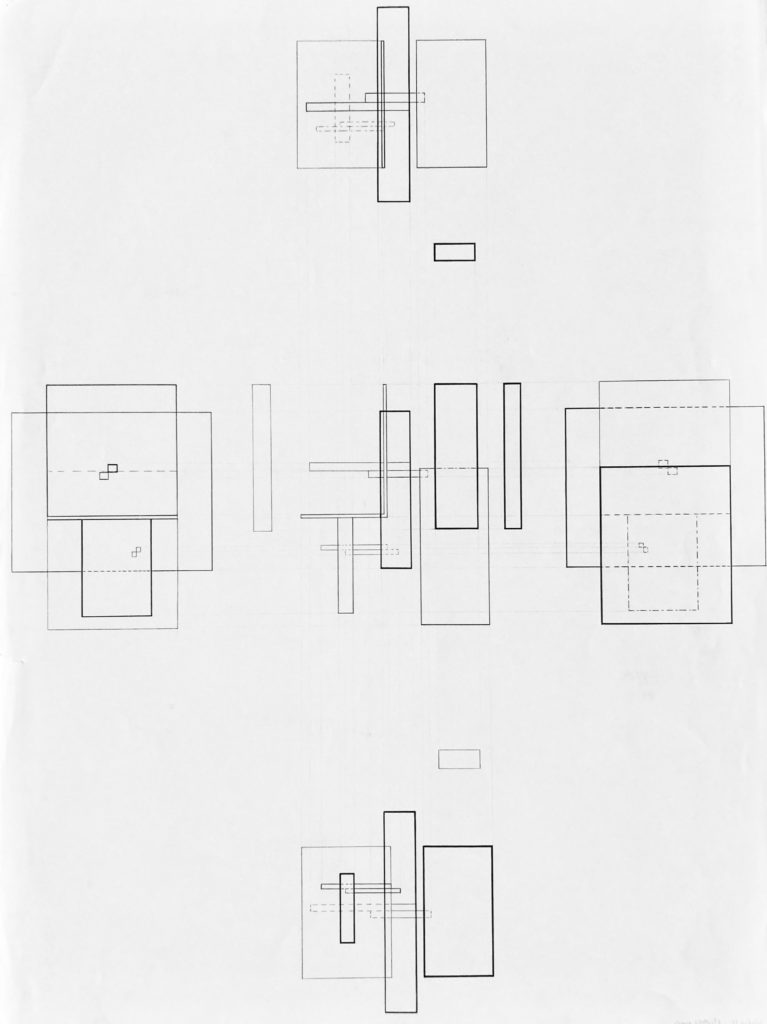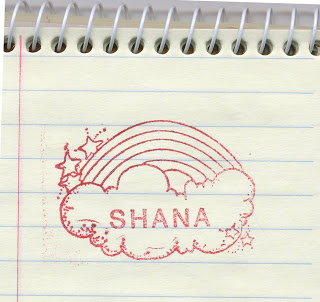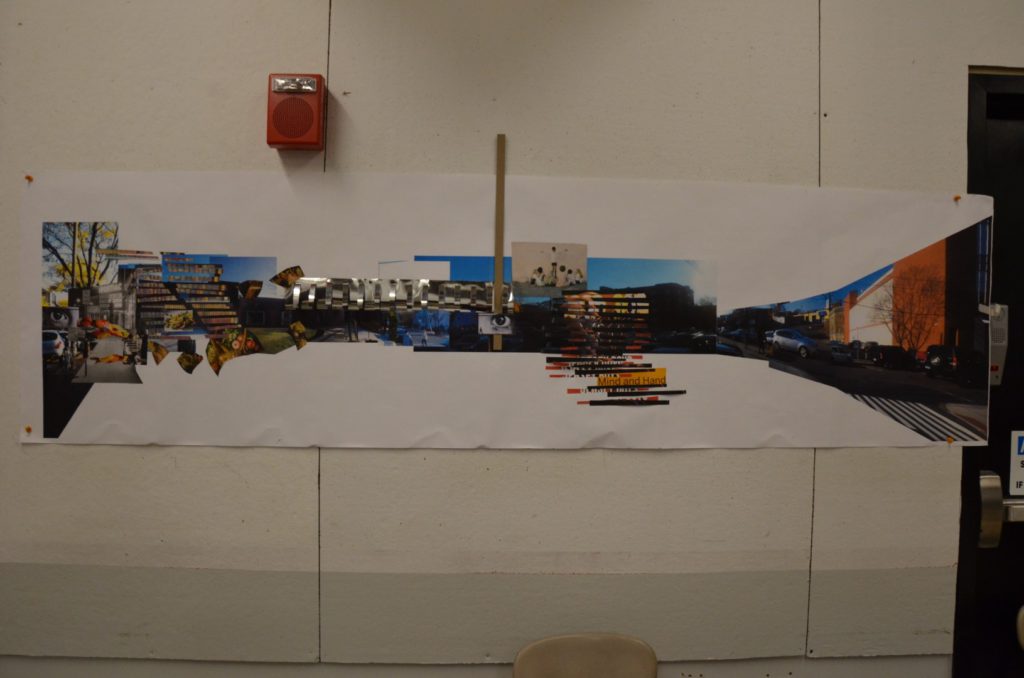Reflecting on November: Feeling the Feelings
I started writing an Instagram post to capture some of my recent thoughts, and wouldn’t you know it: my words far exceeded the allowable caption length! So here we are with a blog post. Is it a little long and rambling? It sure is. Years ago when I was teaching college design students, I was telling a story and a student looked confused, as it seemed off topic. Another student looked at him and said “Don’t worry, she always brings it back around”. And with that, I’m hoping this blog post brings it all back around. Fingers crossed.
If you know me in person, you know I’m extroverted through and through: the longer I’m with people, the more animated and jazzed I get. In fact, on more than one occasion, friends have told me that hanging out with me is exhausting– as the evening wears on, my introverted friends often tire of my mounting energy. I often feel that during my in-person social gatherings, my energy is often comically increasing as time goes on, but it’s really me, through and through. Being with people fills me up.
Pandemic times, for me, like many others, have been heavy with loss, disconnection from loved ones, and feelings of hopelessness. My extroverted tendencies have also been oddly exhausting to process: I’ve been forced to be alone more than is personally healthy for me. Connecting through our screens is different than in-person connection. I’ve valued experiences to connect virtually, but it’s been hard. Sometimes it’s hard to infer feeling with a static photo and caption.
Throughout these times I have leaned in to my Judaism to guide me. Being an active participant in my temple provided an even more important role for me during these times. I cherish weekly or monthly zoom sessions with recurring topics. They are chances for me to learn and connect and nourish my soul. The comfort found through recurring meetings spanning the range of discussions of portrayal of Jews in Netflix shows, to virtual cooking class, to a weekly song circle helped fill a void in isolated times.
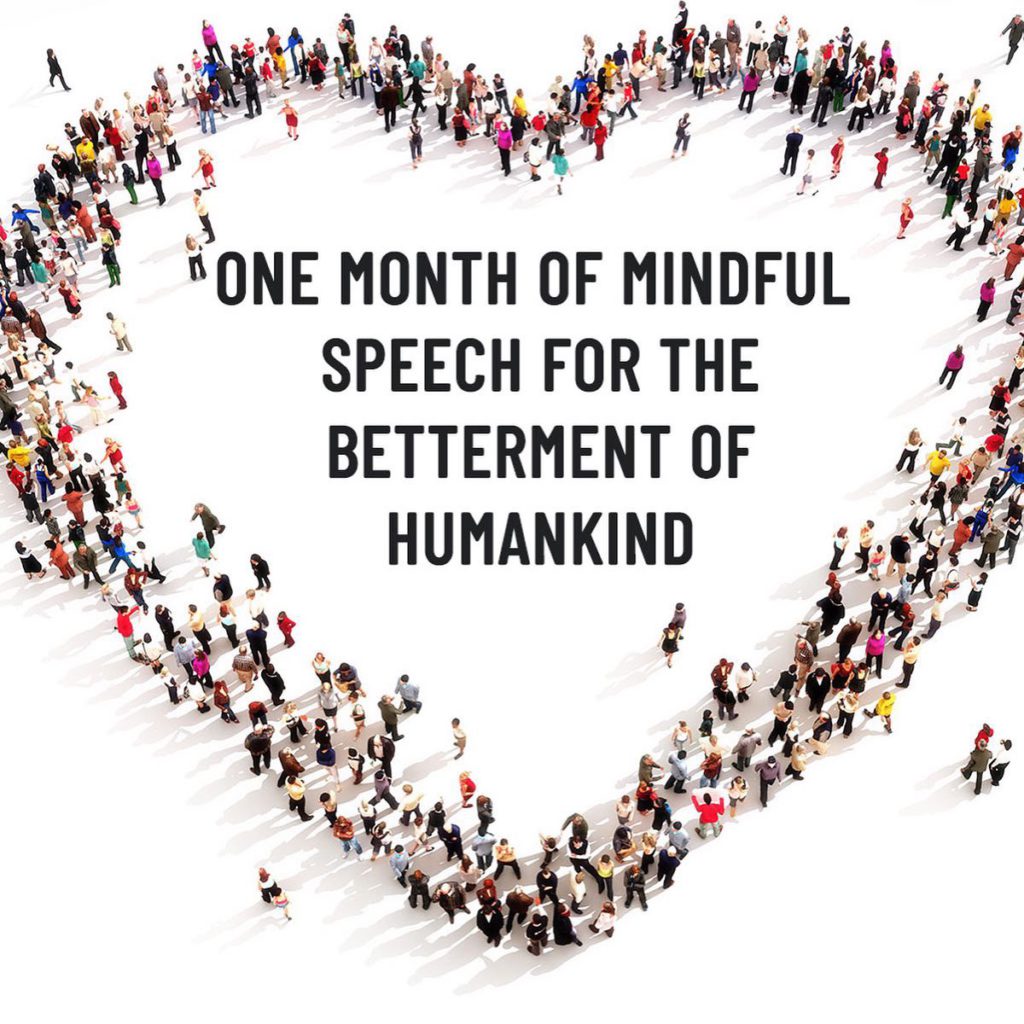
Now some of you know this next part: this year, I was fortunate enough to be asked to represent Temple Sinai in Clean Speech Colorado , a month long workbook of videos and lessons delivered by the Denver area Jewish community. The theme of this year (volume 3 of the event) was Oseh Shalom: Words of Peace. An amazing group of people, led by Rabbi Raphael Leban, coordinated daily videos and lessons on their website and app. I’ve included a photo of the themes of the daily lessons from the handbook in the photos here. (And by the way, I’m the video presenter for day 4, Give Shalom. This link goes directly to the video on YouTube). This month has brought me joy in learning through these lessons, and caused me to double check my own behavior, and continue to grow as a person. I suggest you review the work, it’s refreshing and useful for us all. Thank you Clean Speech Colorado. Whether it are a jew or not: these lessons and videos are so important.
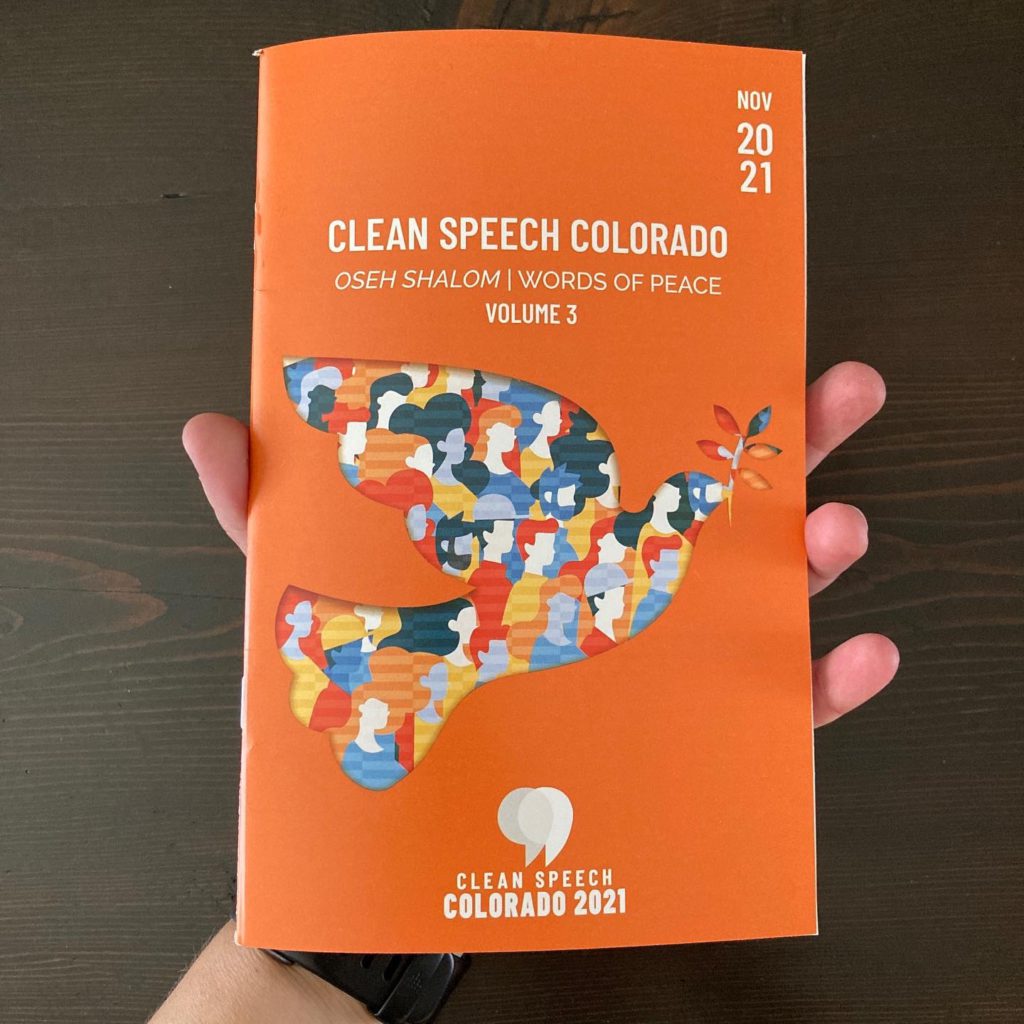
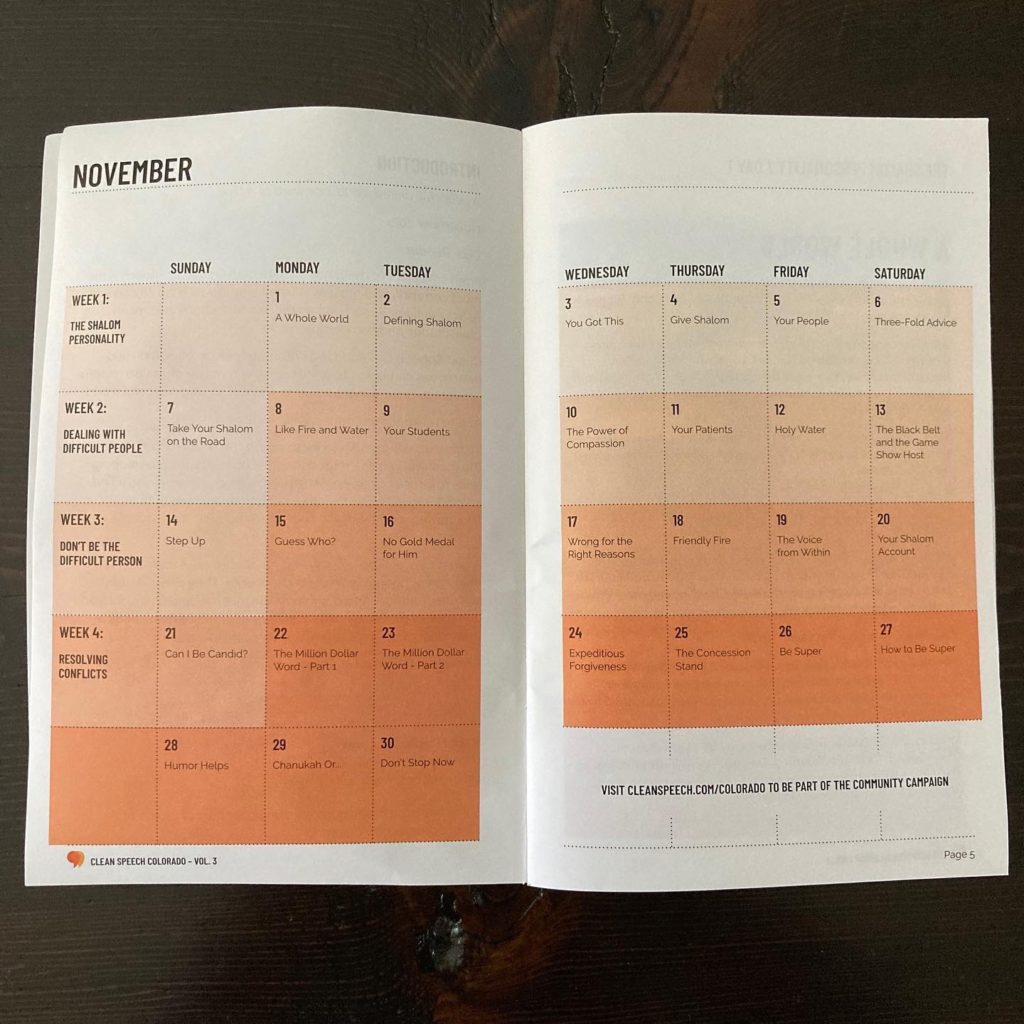
I also sing in the temple choir. A bit over a week ago, while wearing a mask, I sang for a funeral for a fellow choir member. It was hard and also meaningful. I missed my own mother’s funeral right at the start of the pandemic, and my indescribable loss — my inability to find comfort in ritual— exists today. I am glad I could sing and honor another life, may her memory be a blessing.

It felt like the right thing to do to attend Shabbat service in person the week of Thanksgiving in the US. I felt gratitude this year for being able to spend a meal with close friends, and it seemed natural to attend Shabbat service the following evening to keep the good feelings going. The service I attended was particularly special, as Temple Sinai’s founding Rabbi, Rabbi Zwerin, delivered the sermon on the occasion of his 85th birthday. Wow, it was just incredible. The message was a beautiful mix of stories, history, and lessons. Honestly, my summary even do it justice: here’s a link to the video on the Temple Sinai Facebook page showing this video. Go watch it now– I’ll be here when you get back.
(Did you watch the video? Did it resonate with you?) For me, the best part of the message was simply this:
Question: What do you want to be when you grow up?
Answer: Good.
What a simple answer, right? But it’s brilliant. Let’s be good. Let’s do better. I hold these lessons in my heart. These words, along with a month of learning through Clean Speech, and other self-reflection, are significant and meaningful to me. I pay attention to my surroundings, I check my own reactions and think about how my behavior impacts others.
I have witnessed hurtful behavior in our fiber arts community. I am heartbroken to hear about trauma and hurt, and I strive to live my life with allyship, clean speech, and shalom.
Believe people. Listen when people are hurt. And let’s not hurt again.
I see you. I hear you.
